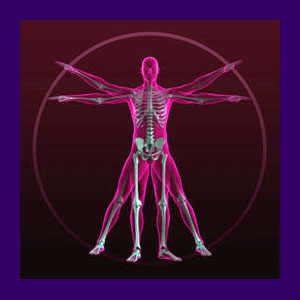
A scoliosis brace is an orthotic device used to prevent the continued progression of an abnormal side-to-side spinal curvature. Technology has increased the effectiveness of these specialized back braces, while minimizing their physical profile. The braces of today are stronger, lighter and less bulky than ever before.
Braces are only used in certain situations. While supportive braces might be worn by patients with all manner of scoliosis, as well as a variety of general back or neck pain issues, true treatment braces will only be used for particular types of side-to-side curvatures in children and adolescents. After all, the purpose of the brace is to prevent the curvature from getting worse due to vertebral column growth and since an adult spine is fully developed, the brace will not be indicated for treating scoliosis in mature patients.
This narrative details the applications of scoliosis back braces for active correction of abnormal curvatures and other uses.
Scoliosis Brace Usage
Doctors use back braces as a means of stopping the progression of spinal curvature in juveniles. A back brace is only used in growing children and will not help to reverse a curvature in a grown child or adult. In order for a brace to be effective, it must typically be worn between 16 and 23 hours a day, depending on the particular patient. A brace must be custom fitted to meet the needs of the patient and the specifics of the curvature.
When utilized correctly, orthotic braces can halt the progression of, and even reverse, atypical curvatures in a young spine using purely conservative and nonsurgical care that is recommended by most scoliosis specialists.
Types of Scoliosis Brace
Thoracolumbosacral orthosis braces (TLSO or Boston brace) are very common and are usually made of molded plastic. New high-tech versions are low profile and barely noticeable underneath clothing. This variety of brace surrounds the torso and fits under the arms. It bears a striking resemblance to a corset in its design and fit.
Cervicothoracolumbosacral orthoses ( Milwaukee brace) are similar to the above style with the addition of a neck ring and vertical supports. This type of brace usually has metal hardware and is considerably more bulky and noticeable.
A Charleston brace (nighttime brace) is only worn while the patient is sleeping. It is fitted while the patient is on their side and uses this position to exert maximum force against the developing curve. This type of brace need only be worn 8 hours a day and can be as effective as other varieties. The advantage of the Charleston brace is that the child does not need to worry about wearing it in public or any restrictions associated with brace wear. The disadvantage is that it can only be used for certain types and severities of curvature.
The SpineCor brace is a flexible back brace that resembles a harness. It consists of straps and minimalist hardware that is truly unnoticeable under clothing. This type of brace is typically worn 20 hours a day and is prescribed for rather specific spinal curvatures.
Bracing Options for Scoliosis
There is usually more than one option when it comes to brace therapy for scoliosis. Make sure to research all your options before choosing prematurely. Different doctors will recommend different types of braces. This does not always mean that one type is superior to another, but merely that the particular doctor might have more experience with that given brace.
Whatever type of brace you use, make sure to follow the doctor’s directions to the letter. Reassure children that the brace is important and does not make them different than their friends. A reassured child will be more comfortable with their brace and is also unlikely to develop any scoliosis pain.
Remember, the mind plays an important role in how this condition affects a child. Never discount the emotional side of a spinal curvature. A child that is taught the facts of their condition and the reasons for treatment has a better chance of a successful resolution of the potential physical and psychological effects of their scoliosis.





